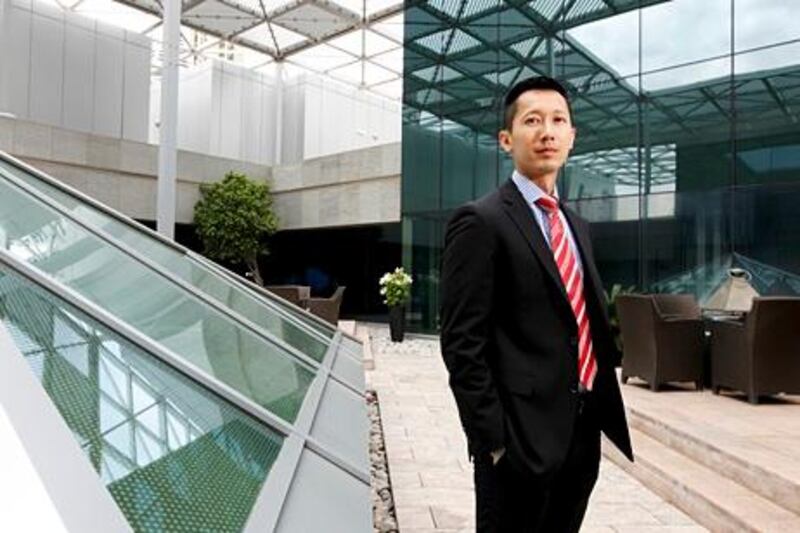SooHai Lim, a senior investment manager, Barings Asset Management, says countries in the Asean region are becoming a lot more vibrant and a lot stronger and investment opportunities are now greater.
What is the asset class and geography you are focused on?
Equities in the countries of the Association of Southeast Asian Nations (Asean). Asean shares some similarities with the Middle East. The population is pretty young. What's going on in Asean is that we're seeing signs of a huge infrastructure boom across many of their markets, which many Middle Eastern investors can identify with. A lot of Middle Eastern people have been to Asean - Malaysia receives a lot of Middle Eastern tourists, and Thai hospitals get a lot of Middle Eastern patients.
What is the outlook for the month ahead in your opinion?
There might be some volatility. If you look at the performance year-to-date of these markets, they've all done phenomenally well. We've already seen one round of profit-taking in markets like the Philippines, but the recovery has been extremely fast. A lot of investors just want to buy the dips because the fundamentals are so strong. There's a lot of money waiting on the sidelines. Year-to-date, foreigners have been net sellers.
What are the main risks (either upside or downside) to the outlook?
We think that the stronger US dollar is a reflection of the US economy. This should ultimately be positive for Asean economies. The strong US dollar sometimes has a negative correlation with Asian markets, but we don't necessarily think that this should be negative for South East Asian markets. We worry about a flood of hot money into this region. The regulators in the region have the memories of the Asian financial crisis still in their heads so they're always very worried about asset bubbles and hot capital inflows. But they don't want harsh capital controls to scare aware foreign investors.
What is the best investment at the moment in your opinion?
There aren't too many high profile names in South East Asia. A number of these companies are still emerging, so you don't have big sophisticated companies - yet.What's happening in South East Asia is a strong domestic demand story which has gained a lot of momentum over the past few years. There's a growing middle-class population. A lot of industries which once would not have been viable now become viable, like convenience stores and supermarkets. This region is becoming a lot more vibrant and a lot stronger. As this region becomes more integrated, it is more and more resilient against external shocks. As trade barriers and tarriffs fall it becomes more efficient … the investment opportunities become greater and I would think that growth becomes more sustainable and entrenched.
What was the best investment you were ever involved in?
What we did really well was to identify very good long-term thematics in the healthcare industry, and healthcare stocks in Thailand. We could see that one company we invested in was a consolidator, which was consolidating in a growth market.
What was the worst?
We did miss out on the very strong yield compression trade in 2011. We missed out a lot of the very high yielding stocks, the Thai telcoms in particular. We were resistant, in that there was a lot of flip-flop in the regulatory environment. We have since corrected some of that.
[ ghunter@thenational.ae ]





